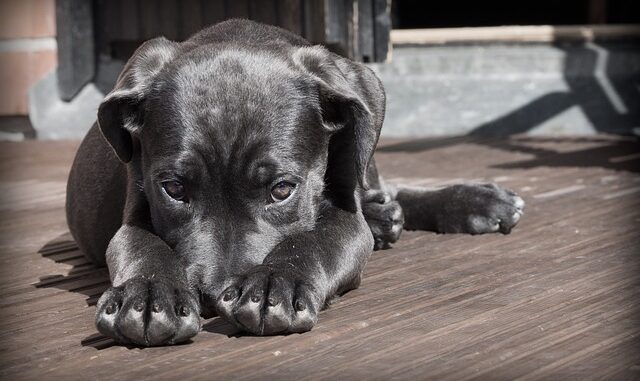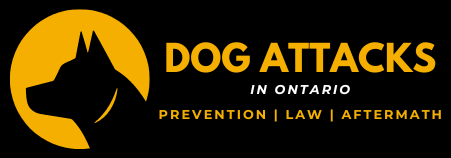
Our canine companions bring immense joy and loyalty to our lives. But even the most well-intentioned pup can have an unexpected moment of aggression. In Ontario, the Dog Owners’ Liability Act (DOLA) makes owners strictly liable for any injuries caused by their dog, regardless of prior behavior. Beyond legal considerations, preventing dog attacks is paramount for public safety and fostering positive interactions between dogs and their human communities. This article explores legal responsibilities and practical steps dog owners can take to minimize the risk of dog attacks, promoting responsible ownership and building stronger bonds with their furry friends.
Understanding Legal Responsibilities: The Importance of DOLA
The Dog Owners’ Liability Act (DOLA) is a cornerstone of dog-related legislation in Ontario. It outlines the legal obligations of dog owners:
- Strict Liability: DOLA enforces strict liability, meaning dog owners are financially responsible for any injuries or damages caused by their dog, regardless of breed, prior behavior, or knowledge of aggression.
- Municipal Leash Laws: Most municipalities have leash laws mandating that dogs be kept on a leash no longer than a specific length in public spaces. Failure to comply can result in fines.
- Dangerous Dog Designations: In cases of severe bite incidents or repeated aggression, Animal Control might initiate proceedings to declare a dog “dangerous.” This designation carries restrictions such as muzzle orders and secure confinement requirements.
Beyond the Law: The Moral Imperative of Responsible Ownership
While DOLA outlines legal obligations, responsible dog ownership goes beyond following the law. It’s about ensuring the safety of others and fostering positive human-canine interactions. Here are some practical steps dog owners can take to minimize the risk of attacks:
- Early Socialization: Socialize your dog from a young age. Expose them to various people, animals, and environments in a controlled and positive manner. This helps them develop confidence and reduces fear-based reactivity.
- Obedience Training: Invest in quality obedience training. A well-trained dog is easier to control and less likely to react unpredictably in unfamiliar situations. Focus on basic commands like “sit,” “stay,” “come,” and “heel” to maintain control during walks and interactions.
- Understanding Dog Body Language: Learn to recognize signs of stress or anxiety in your dog. This includes stiffened body posture, flattened ears, tucked tail, whale eye (showing whites of the eyes), excessive lip licking, and growling. Knowing these signs allows you to intervene before a potentially aggressive situation escalates.
- Leash Laws and Responsible Leash Use: Always follow leash laws in public spaces. Use a leash of an appropriate length and strength to maintain control of your dog. Retractable leashes can be challenging to manage in crowded areas, so consider a standard leash for better control.
- Responsible Greeting Practices: Don’t allow your dog to jump on people, especially children, who might feel threatened or intimidated. Teach your dog a polite greeting behavior like a gentle sit. When meeting other dogs, ask permission from the other owner before allowing your dog to interact.
- Scooping the Poop: Always clean up after your dog. Not only is it a courtesy to others, but it also helps prevent territorial aggression. Dogs might feel the need to defend areas marked with their scent.
- Maintaining Up-to-Date Vaccinations: Ensure your dog’s vaccinations are current to prevent the spread of diseases in case of a bite incident.
- Addressing Behavioral Issues: If you notice any signs of aggression, such as growling, snapping, or lunging, seek professional help from a qualified animal behaviorist immediately. Early intervention can address the root cause and prevent future incidents.
Building a Strong Bond Through Responsible Training
Positive reinforcement training methods are essential for building a strong bond with your dog and promoting good behavior. Here are some tips:
- Reward Good Behavior: Reward your dog with treats, praise, or playtime for good behavior during training exercises and real-world situations. This reinforces positive choices.
- Be Consistent: Use consistent commands and expectations throughout your dog’s life. Inconsistency can lead to confusion and behavioral issues.
- Patience and Persistence: Training takes time and patience. Be persistent with your training efforts and celebrate even small improvements.
- Seek Professional Help: Don’t hesitate to seek help from a certified professional dog trainer or animal behaviorist if you’re facing challenges. They can provide personalized guidance and address specific behavioral issues.
